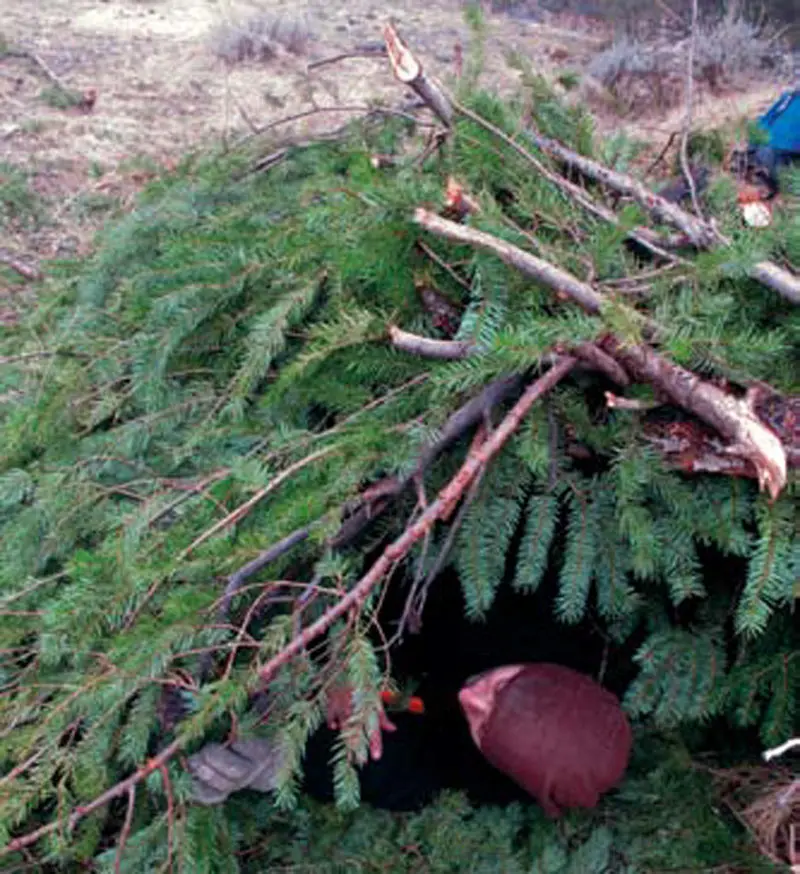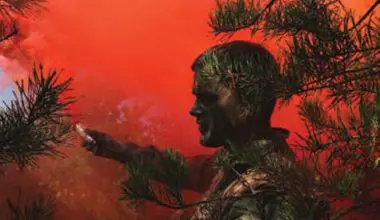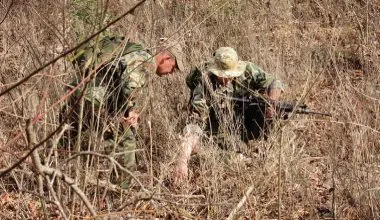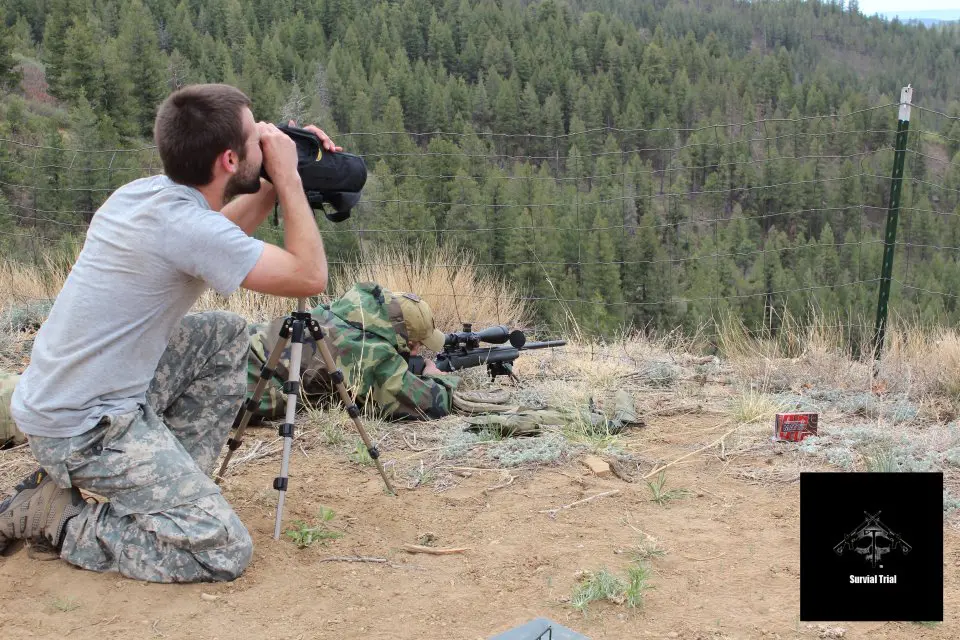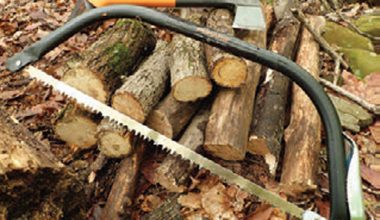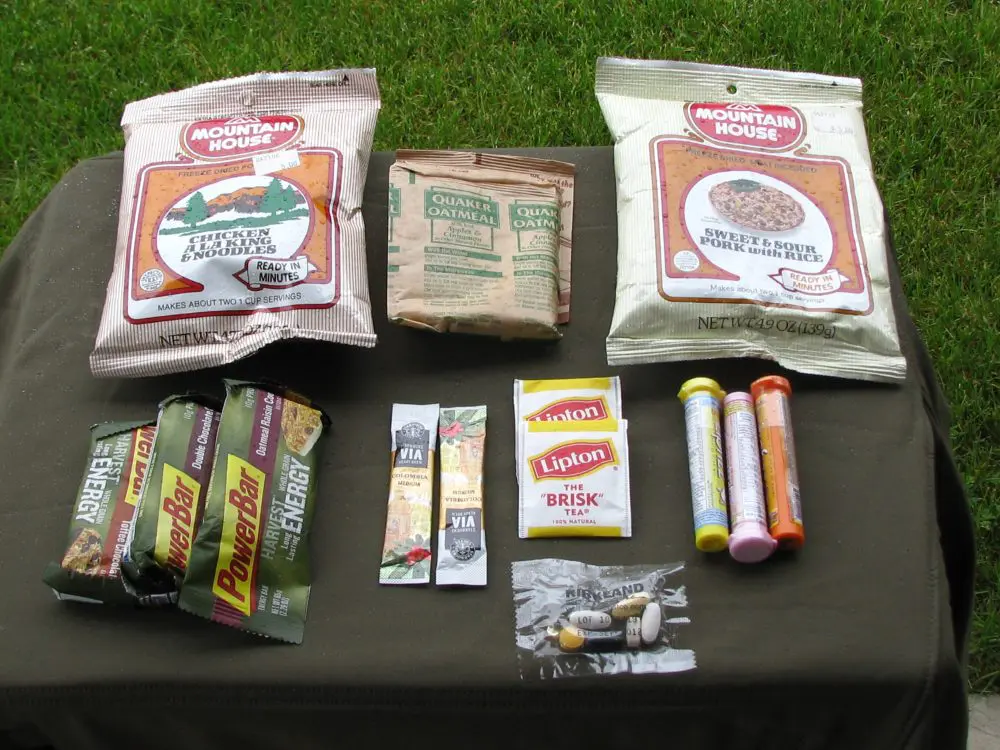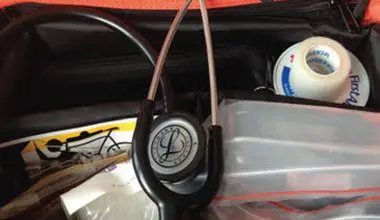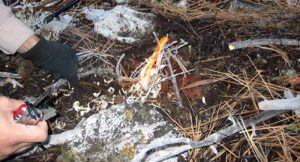
One of the biggest dangers in the backcountry isn’t what most people might think—it isn’t the 800-pound grizzly bear or fierce mountain lion. It’s the cold.
There are five different ways in which the human body loses heat in cold weather:
- Conduction is losing body heat when contacting colder surfaces.
- Convection is another way of saying wind, and it zaps the heat out of your body almost as fast as water.
- Radiation is heat loss through the head and neck.
- Respiration is experienced when we exhale warm body heat.
- Perspiration/moisture is any water (sweat) that may conduct cold convection currents and further chill us.
Table of Contents
SHELTER AND CLOTHING
Whether you are constructing a primitive shelter or pitching your own manmade shelter, all five heat-loss mechanisms should be considered to ensure a safe, peaceful night’s rest in cold environments.
When the subject of shelter arises, people often talk about the latest-greatest tent or superlight ultra-warm sleeping bag they just purchased, but overlook the most important part of keeping warm and dry—clothing. Clothing is the first line of defense against the elements in the city or outdoors.
During a Randall’s Adventure & Training weekend survival course this winter, our main goals were staying alive and warm! The temperatures hovered a little above freezing, with nightly bouts of rain, wind and snow. Aside from our overhead protection (shelters), which shielded us from convection and moisture, our warmth came from layering our clothing.
Three or four layers of synthetic materials will usually do the trick. In this case, the first layer was long underwear up against our skin. The second layer was a long-sleeved shirt and our regular hiking/ski pants. The third layer was an insulating layer such as a fleece or down jacket. The fourth layer, referred to as the shell, was a wind breaker or rain gear. It was worn around camp but not for sleeping, although it could have been.
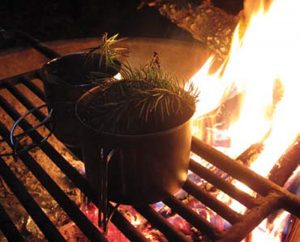
Working on skills throughout the day kept everyone warm, so layers were stripped off to prevent overheating and perspiration. At night, the campfire kept us comfortable, but when it came time to retire to our sleeping shelters, three layers were used in conjunction with our sleeping bags, pads and bivvys. Sleeping with layers of clothing on adds to the rating of sleeping bags. This allowed us to sleep in much colder temperatures than the manufacturers’ suggested ratings for the bags. This layering system is vital in outdoor cold weather survival.
C-O-L-D is an acronym that applies to wearing clothing in cold weather.
- C: keep it Clean
- O: avoid Overdressing and overheating
- L: wear clothing Loose and in Layers
- D: keep clothing Dry
HYPOTHERMIA
Hypothermia is when a person’s internal body temperature drops below 95º F from its normal 98.6º F. Loss of four or more degrees in body temp can put a person in a dangerously hypothermic state. This can occur anytime you are exposed to cool, damp conditions, but not necessarily sub-freezing conditions. The symptoms of hypothermia begin slowly, so slowly that they may be difficult to recognize, and get worse from there.
A few symptoms to look for are shivering, loss of coordination, slow speech, stumbling, and drowsiness. If you or someone in your party becomes drowsy, do not let them lie down or take a nap. In severe cases of hypothermia, a person who was shivering uncontrollably then suddenly stops shivering and feels fine is usually close to death.
Here are a few ways to treat the symptoms of hypothermia. Replace any wet clothes with dry clothing if possible, or wring out clothing and zip up in a sleeping bag or wrap up in a space blanket. Apply hot-water bottles wrapped in clothing to the groin area and armpits.
Hot drinks and food are always a plus. They warm the body slowly, which is ideal. The human body produces heat in two ways: through metabolizing food and by movement. If you are hunkered down or can’t move, then eat. But don’t gorge if water is limited. Ration food, not water.
DEHYDRATION
Dehydration means your body does not have as much water/fluid as it should. In the winter, we lose a great deal of water from our bodies through breathing. Our bodies also work harder under the weight of extra clothing, and sweat evaporates quickly in cold, dry air. Much like hypothermia, dehydration is a slow creeper. In cold weather, we simply don’t feel as thirsty as we do in hot weather. This is why dehydration is known as the stealthy killer.
In snowy conditions, refrain from putting snow in your mouth as a means of hydrating. Eating snow will only hasten hypothermia by lowering your body’s core temperature.
If water is not readily available, there are ways to keep hydrated using snow. Add the slushiest snow to a small amount of water in a bottle and shake until it melts the snow. Put snow in a water bottle and keep it in your sleeping bag at night, but do not let it touch your body. The warmth from your body heat will help melt it.
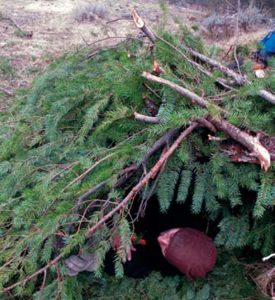
Fire is an important element in a survival situation. Using a metal container to melt snow is the best way to not only make water, but also bring the temperature up so as to not further chill your body. This can be done using a campfire or backpacking stove.
SAVAGE WINTER
The 1960 movie The Savage Innocents portrays how Eskimos survive in the extreme Arctic wilderness, as well as their struggle to maintain their lifestyle against encroaching civilization. The film dramatizes a big danger that is not life threatening but can be life altering and should be taken very seriously— frostbite.
Frostbite and hypothermia are both cold-related emergencies. Hypothermia can lead to frostbite as the body naturally redirects blood flow to the core, leaving hands and feet void of much-needed blood flow for the cells in the extremities to keep living.
Frostbite happens when tissues freeze. This condition usually occurs when human skin is exposed to extremely low temperatures. At 20 degrees F and colder, skin can freeze in just five minutes. Frostbite is caused by two different means: cell death at the time of exposure, and further cell deterioration and death because of lack of oxygen.
In the first, ice crystals form in the space outside the cells. Water is lost from the cell’s interior, and dehydration promotes the destruction of the cell.
In the second, the damaged lining of the blood vessels is the main culprit. As blood flow returns to the extremities upon rewarming, it finds that the blood vessels themselves have been injured by the cold. Holes appear in vessel walls and blood leaks out into the tissues. Flow is impeded and turbulent, and small clots form in the smallest vessels of the extremities. Because of these blood flow problems, complicated interactions occur, and inflammation causes further tissue damage. This injury is the primary determinant of the amount of tissue damage that eventually occurs from frostbite.
FROSTBITE PREVENTION
Dress for the weather. Layers are best, and mittens are better than gloves because they keep your fingers together to warm each other. Wear two pairs of socks. The inner layer should be made of a synthetic fiber such as polypropylene to wick water away from the skin, and the outer layer of wool for increased insulation.
Shoes should be waterproof. Cover your head, face, nose and ears at all times. Clothes should fit loosely to avoid a decrease in blood flow to the arms and legs. Always travel with a friend in case one of you needs help. Avoid smoking and alcohol.
FROSTBITE TREATMENT
- Keep the affected body part elevated in order to reduce swelling.
- Move to a warm area to prevent further heat loss. Avoid walking on frostbitten feet, as this can lead to further damage.
- Many people with frostbite may be experiencing hypothermia. Saving their lives is more important than preserving a finger or foot.
- Remove all wet clothing and constrictive jewelry because they may further block blood flow.
- Give the person warm, nonalcoholic, noncaffeinated fluids to drink.
- Apply a dry sterile bandage and place cotton between any affected fingers or toes to prevent rubbing.
- Never rewarm an affected area if there is any chance it may freeze again. The thaw-refreeze cycle is very harmful and leads to disastrous results.
- Avoid a gradual thaw either in the field or transport vehicle. The most effective method is to rewarm the area quickly. Therefore, keep the injured part away from sources of heat until you arrive at a treatment facility where proper rewarming can take place.
- Do not rub the frozen area with snow (or anything else). The friction created by this technique will only cause further tissue damage.
- Above all, keep in mind that the final amount of tissue destruction is proportional to the time it remains frozen, not to the absolute temperature to which it was exposed. Therefore, rapid transport to a hospital is very important.
In The Savage Innocents, star Anthony Quinn helps his captor by slaying a sled dog with a knife and stuffing his foe’s frostbitten hands into the animal’s warm carcass. The man screams “It hurts!” when his hands start to regain warmth. Quinn replies, “Good—that means life is coming back. Only death is painless!”
SLEEP TIPS FOR COLD WEATHER
Insulate between the ground and your sleeping bag. Use closed cell foam pads, inflatable pads, backpacks, cushions, pine boughs, pine needles, and anything that will cut down on conduction from the cold ground.
Relieve yourself before sleeping to prevent having to get up and go out of a warm shelter and into the cold. Once a person is cold, it’s very hard to become warm again. Warming up water and putting it in bottles inside a sleeping bag is a method that has been used for years in the outdoors.
Eat lots of junk food to keep warm. Yes, here is a time when everything your dentist has told you can go out the window. Shivering burns calories, and the more calories you can put in you, the better. If you’re in a group, try huddling together to maximize body heat—it works for penguins.
Following these tips will definitely give you the edge when battling Old Man Winter should you find yourself off the grid.
